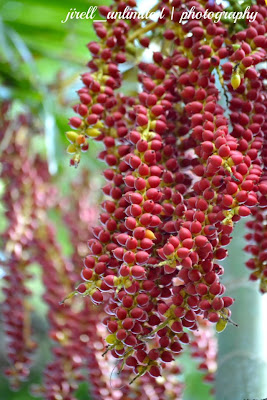Silhouette Pictures of A Bicycle and a Fisherman
A silhouette is the image of a person, an object or scene represented as a solid shape of a single colour, usually black, its edges matching the outline of the subject. The interior of a silhouette is featureless, and the whole is typically presented on a light background, usually white, or none at all. The silhouette differs from an outline which depicts the edge of an object in a linear form, while a silhouette appears as a solid shape. Silhouette images may be created in any visual artistic media,[1] but the term normally describes pieces of cut paper, which were then stuck to a backing in a contrasting colour, and often framed.
Picture # 1, Fisherman Fishing with a bicycle
Location : Cultural Center of the Philippines Seaside.
Cutting portraits, generally in profile, from black card became popular in the mid-18th century, though the term “silhouette” was seldom used until the early decades of the 19th century, and the tradition has continued under this name into the 21st century. They represented a cheap but effective alternative to the portrait miniature, and skilled specialist artists could cut a high-quality bust portrait, by far the most common style, in a matter of minutes, working purely by eye. Other artists, especially from about 1790, drew an outline on paper, then painted it in, which could be equally quick. The leading 18th-century English "profilist" in painting, John Miers, advertised "three minute sittings",[2] and the cost might be as low as half a crown around 1800. Miers' superior products could be in grisaille, with delicate highlights added in gold or yellow, and examples might be painted on various backings, including gesso, glass or ivory.[3] The size was normally small, with many designed to fit into a locket, but otherwise a bust some 3 to 5 inches high was typical, with half- or full-length portraits proportionately larger.
From its original graphic meaning, the term "silhouette" has been extended to describe the sight or representation of a person, object or scene that is backlit, and appears dark against a lighter background. Anything that appears this way, for example, a figure standing backlit in a doorway, may be described as "in silhouette". Because a silhouette emphasises the outline, the word has also been used in the fields of fashion and fitness to describe the shape of a person's body or the shape created by wearing clothing of a particular style or period.
Picture # 2 Fisherman Fishing with a Bicycle
Location : Cultural Center of the Philippines Seaside.
The word "silhouette" derives from the name of Étienne de Silhouette, a French finance minister who, in 1759, was forced by France's credit crisis during the Seven Years War to impose severe economic demands upon the French people, particularly the wealthy.[4] Because of de Silhouette's austere economies, his name became synonymous with anything done or made cheaply and so with these outline portraits.[5][6] Prior to the advent of photography, silhouette profiles cut from black card were the cheapest way of recording a person's appearance.[7][8]
Picture # 3 Fisherman fishing with a Bicycle
Location : Cultural Center of the Philippines Seaside.
The term "silhouette", although existing from the 18th century, was not applied to the art of portrait-making until the 19th century. In the 18th and early 19th century, “profiles” or “shades” as they were called were made by one of 3 methods: (1) painted on ivory, plaster, paper, card, or in reverse on glass; (2) “hollow-cut” where the negative image was traced and then cut away from light colored paper which was then laid atop a dark background; and (3) “cut & paste” where the figure was cut out of dark paper (usually free-hand) and then pasted onto a light background
Picture #4 Fisherman Fishing with a Bicycle
Location : Cultural Center of the Philippines Seaside.

















